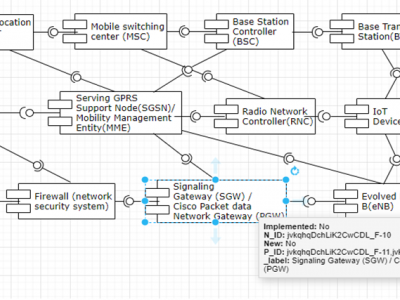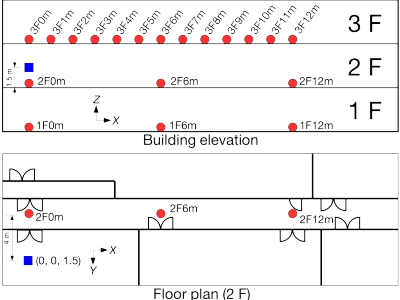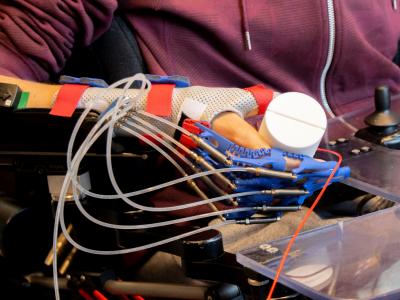Signal Processing
The Voltammetry-Based Sensing (VBS) methods are extremely interesting due to high specificity in several biochemical applications. Several considerations can be applied to use this method to measure different analytes, and implement efficient and optimized electronic measurement platform for point-of-care diagnostic, in wearable, portable, or IoT systems. The dataset contains the data presented in [1], which proves on real experimental data a method to define the optimized setup to develop efficient and electronic bio-sensing platforms.
- Categories:
 671 Views
671 ViewsSNU-B36-50 is an inter-floor noise dataset collected in building 36 at Seoul National University.
It is designed for evaluation of an inter-floor noise type/position classifier.
The dataset is a part of the conference paper:
- Categories:
 335 Views
335 Views
The dataset has 150 three-second sampling motor current signals from each synthetically-prepared motors. There are five motors with respective fault condition - bearing axis deviation (F1), stator coil inter-turn short circuit (F2), rotor broken strip (F3), outer bearing ring damage (F4), and healthy (H). The motors are run under five coupling loads - 0, 25, 50, 75, and 100%. The sampling signals are collected and processed into frequency occurrence plots (FOPs). Each image has a label, for example F2_L50_130, where F2 is the fault condition, L50 is the coupling load condition.
- Categories:
 2051 Views
2051 ViewsWe study the Picture-level Just Noticeable Difference (PJND) of symmetrically and asymmetrically compressed stereoscopic images for JPEG2000 and H.265 intra coding. We conduct interactive subjective quality assessment tests to determine the PJND point using both a pristine image and a distorted image as a reference.
- Categories:
 688 Views
688 Views
The files contain the research data. The noisy unprocessed audio data and processed audio data using the proposed speech enhancement method are uploaded.
- Categories:
 496 Views
496 Views
Two files are provided. In the first one, there are the power signals obtained from the current and voltage measurements made with our own acquisition system (with a sampling frequency of 5 kHz). They correspond to the switching on and off of 12 home electrical appliances randomly switched on and off during 1 hour by using relay modules and resulting in 1200 events.
In the second file, the time instants of these events are all reported.
- Categories:
 409 Views
409 ViewsThe SWINSEG dataset contains 115 nighttime images of sky/cloud patches along with their corresponding binary ground truth maps The ground truth annotation was done in consultation with experts from Singapore Meteorological Services. All images were captured in Singapore using WAHRSIS, a calibrated ground-based whole sky imager, over a period of 12 months from January to December 2016. All image patches are 500x500 pixels in size, and were selected considering several factors such as time of the image capture, cloud coverage, and seasonal variations.
- Categories:
 933 Views
933 ViewsOur goal is to find whether a convolutional neural network (CNN) performs better than the existing blind algorithms for image denoising, and, if yes, whether the noise statistics has an effect on the performance gap. We performed automatic identification of noise distribution, over a set of nine possible distributions, namely, Gaussian, log-normal, uniform, exponential, Poisson, salt and pepper, Rayleigh, speckle and Erlang. Next, for each of these noisy image sets, we compared the performance of FFDNet, a CNN based denoising method, with noise clinic, a blind denoising algorithm.
- Categories:
 2923 Views
2923 ViewsOur Signing in the Wild dataset consists of various videos harvested from YouTube containing people signing in various sign languages and doing so in diverse settings, environments, under complex signer and camera motion, and even group signing. This dataset is intended to be used for sign language detection.
- Categories:
 756 Views
756 Views





